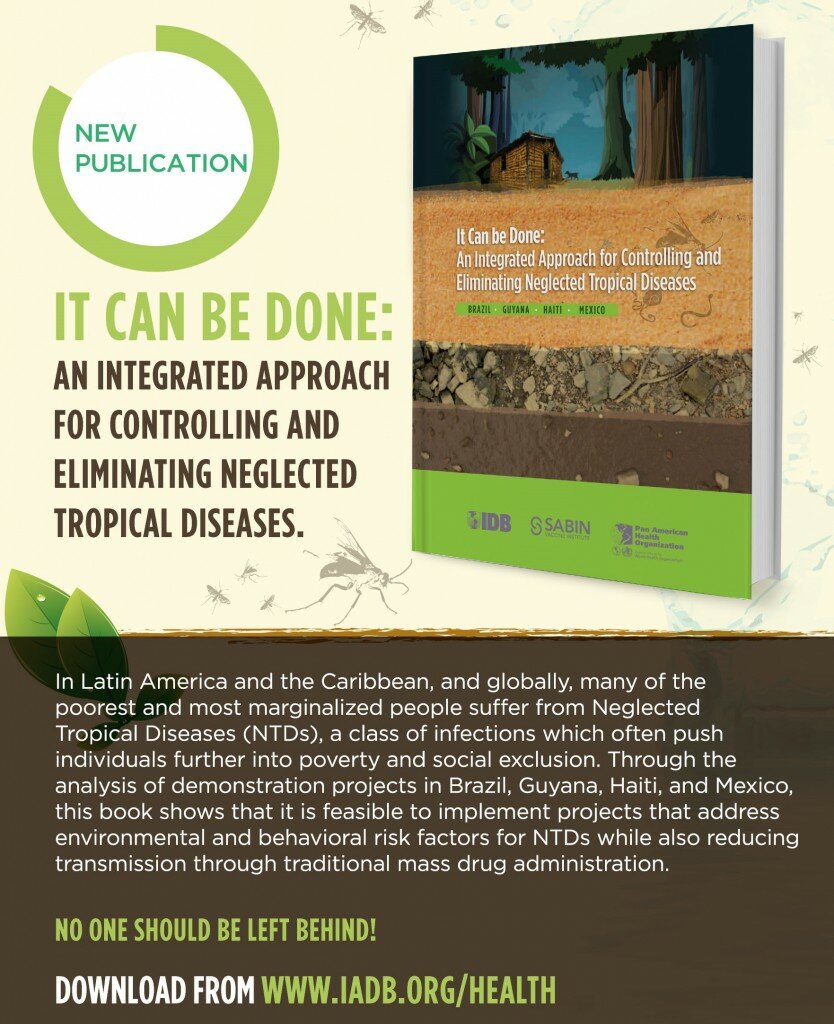“I’ve had [lymphatic filariasis] for 18 years” said Bernadette Seenarine –a long time resident of Georgetown, Guyana who operates a small grocery shop from her home. In the short video titled , the Inter-American Development Bank (IDB) shines light on how lymphatic filariasis (LF) is negatively affecting communities in Guyana, one of four countries in the Americas where transmission of LF still occurs. Seenarine is one of an estimated 68,000 people –approximately 9 percent of Guyana’s population—assumed to have been infected with LF. In Guyana, it is estimated that are at risk of contracting the disease.
Lymphatic filariasis (LF)—also known as “big foot” in Guyana—is a debilitating neglected tropical disease (NTD) caused by microfilaria, a tiny parasite that causes the disease. In Georgetown, Guyana, the disease is predominately spread by the culex mosquito, the vector for the parasitic worm that causes LF. Due to the frequent flooding that occurs in Georgetown and its lack of adequate drainage and sewer systems, large pools of contaminated and stagnant water are formed throughout the city. These pools of water act as breeding grounds for culex mostiqutoes who transmit the LF disease to humans.
LF is extremely painful and causes profound swelling of the legs that can lead to permanent disability. People living with this disease also suffer from financial and social loses and can become stigmatized. “Sometimes people don’t want to come and buy when I have this foot,” Seenarine said when explaining how her swollen leg has caused people from her community to stop buying food from her grocery store. “…It’s really difficult to live with this.”
To tackle this problem, the Latin American and the Caribbean Neglected Tropical Disease Initiative (LAC NTD Initiative)—a partnership that includes the Inter-American Development Bank (IDB), Pan American Health Organization (PAHO) and Sabin Vaccine Institute’s Global Network for Neglected Tropical Disease—are working to scale-up efforts to control and eliminate NTDs within the LAC regions, including Guyana. These efforts include implementing joint community-based deworming campaigns for LF in Guyana’s capital of Georgetown, in addition to integrating social mobilization campaigns to educate Guyana’s population about LF treatment, transmission and prevention. The LAC NTD Initiative is also working to improve the infrastructure of Georgetown’s sewage system to reduce risk factors of contracting LF.
The Sabin City Group, a collaborative partnership with corporate institutions in the United Kingdom and the UK charity Sabin Foundation Europe, is also contributing in the fight to eliminate LF in Guyana by recently launching the group’s ‘Guyana campaign’. The campaign’s goal is to raise funding to support NTD programs in Guyana in an effort to eliminate LF by 2016.
To learn more about NTD projects carried out in the LAC region, we invite you to read this published report titled “It Can be Done: An Integrated Approach for Controlling and Eliminating Neglected Tropical Diseases”. We also encourage you to watch on LF in Guyana and the work that is being done to control and eliminate the disease.



